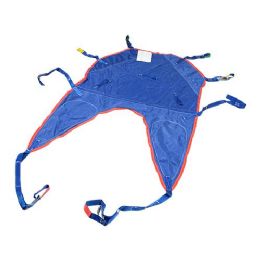
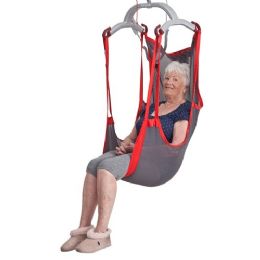
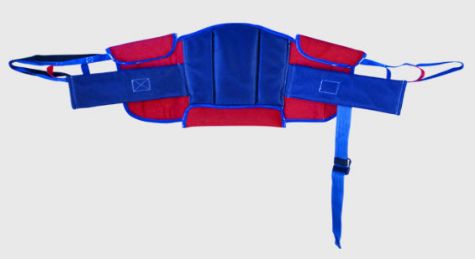
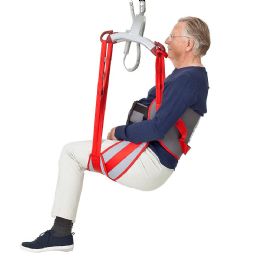
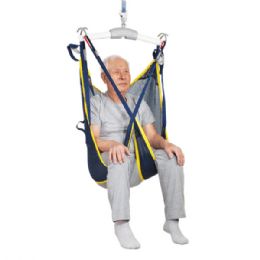
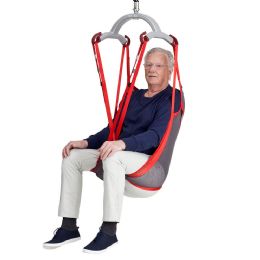
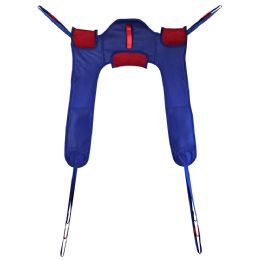
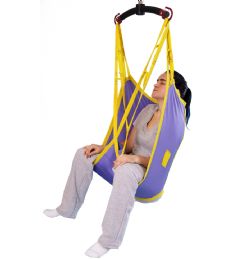
~1.jpg&newheight=260&quality=80)
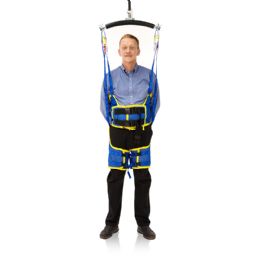
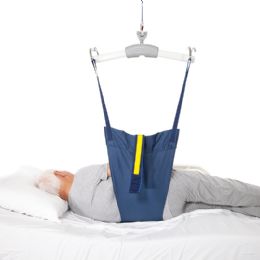
.png&newheight=260&quality=80)
_600_.jpg&newheight=260&quality=80)
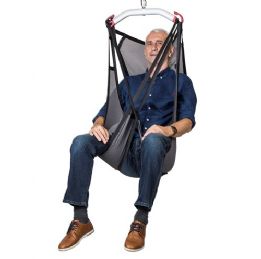
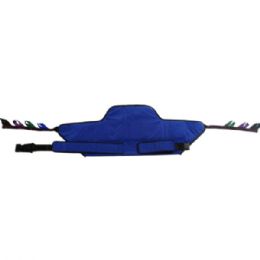
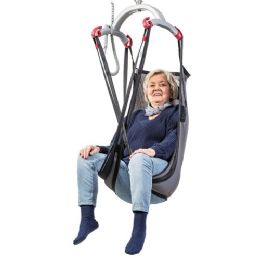
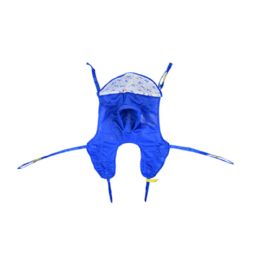
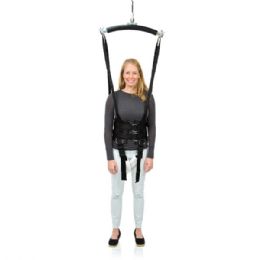
What are Patient Lift Slings?
Some styles of patient lifting equipment require the use of lift slings to carry the individual from one location to another. The most common daily transfers from bed to wheelchair, wheelchair to commode and wheelchair to shower are performed much more safely with a patient lift device than with manual lifting, for both the patient and the caregiver. Constructed from various durable fabrics, patient lift slings are configured to fit under and around an individual to secure him or her into a comfortable position within the lifting equipment, providing safe and easy transfers for every application.
How do I Choose the Right Patient Lift Sling for Me?
Choosing the right lifting sling requires a compilation of information about the individual the sling will be used for. The height, weight and general physical condition of the patient should be determined first. Unique conditions and special needs that include amputations, poor upper body control, the inability to bear any weight or highly sensitive skin all need to be factored into the determination.
Whether a person is totally dependent without any mobile ability or is able to bear some weight with some upper body control makes all the difference in what kind of sling to purchase. Because critical mistakes can be made and the wrong sling could be selected which could potentially lead to discomfort and a higher risk of injury, it is always highly recommended to consult with a professional healthcare representative before making your final sling choice.
Choosing the correct size and style is essential to a comfortable and secure fit for the user. Figuring out what activities the patient sling lift will be used for helps analyze what style to select. If toileting and/or bathing functions are required, then a sling style that crosses under the legs and is made of a quick-drying material might be better than a sling that needs to be pulled under the body of the user.
As far as sizing, every manufacturer provides a size guide which should always be consulted before the final sling selection is made. Patients could slip or fall if they do not use the right size sling lift, potentially leading to serious injury.
What are the Different Patient Sling Lift Styles?
A number of different patient sling lift styles are available for various procedures and special requirements. U Shape, Universal and Split Leg are all popular sling lift configurations that highlight a U shape cut-out in the back, crossing under the legs of the patient when adhering to the lift. As mentioned, this style offers ease of use for commode, bathing and wheelchair activities.
Another popular patient sling lift style is the full body sling that features a rectangular shape, supporting the patient under the thighs and behind the head. Some users prefer this style for enhanced dignity and comfort, but caregivers should be aware that this configuration demands more manual patient moving on their part. Some full body sling lifts also offer a commode opening for simpler toileting purposes.
More specialty sling lift styles include specially designed slings for pediatric, bariatric, and amputee users, while others provide head support, high back support, a hammock style and other various enhancements for specific positioning and support. Some patient lift slings additionally offer standing assistance. Users who lack control of head and/or upper body should always use head support sling lifts.
Fabric choice of the sling lift is also crucial for patient comfort, hygiene and safety. A polyester mesh is generally the best choice for using a sling that will tend to get wet a lot. It dries quickly and is also cooler for the patient. Padded slings can be more comfortable, but are unsuitable for constant contact with water. The most common fabric used in patient lift slings is padded polyester. Single patient disposable slings are perfect for institutional use, such as hospitals and long-term care facilities, to help contain infection and reduce cross-contamination.
Other Important Factors in Choosing the Right Patient Sling Lift
Be sure to check the compatibility of the sling you are choosing with the patient lift equipment it will be used for. Determining whether the lift uses special locking clips or loop style slings, how many hooks there are on the lifting bar where the sling is attached, and what the weight limit is for the lifting equipment is absolutely necessary in making the safest choice for the sling.
Rehabmart proffers a large selection of innovative patient lift slings from such respected manufacturers as Drive Medical, Invacare, Romedic, Snug Seat and Prism Medical.
Hulet Smith, OT
Rehabmart Co-Founder & CEO
ck